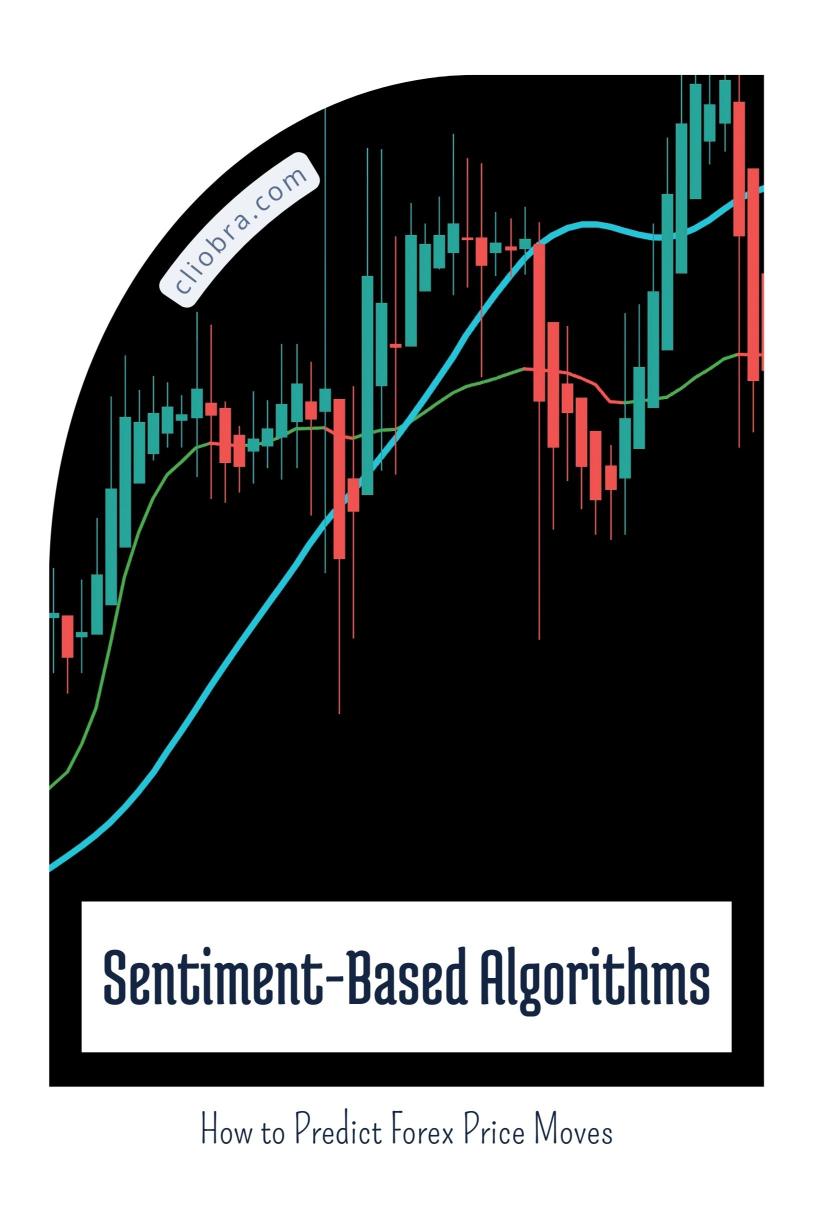Last Updated on February 10, 2025 by Arif Chowdhury
Ever felt like the Forex market is a mystery, with price movements that seem random?
You’re not alone.
As a seasoned Forex trader since 2015, I’ve wrestled with similar frustrations.
But here’s the deal: understanding sentiment can be your secret weapon.
So, let’s break down how to use sentiment-based algorithms to predict price moves.
No fluff, just actionable insights.
What Are Sentiment-Based Algorithms?
Sentiment-based algorithms analyze trader behavior and market sentiment to predict price movements.
Think of it as a mood ring for the market.
When traders are optimistic, prices often rise. When they’re pessimistic, prices tend to fall.
Here’s why this matters:
- Market Sentiment Drives Price: Over 70% of traders follow trends, which means they react to market sentiment.
- Psychology Matters: Fear and greed are powerful forces in trading. Understanding these can give you an edge.
How to Implement Sentiment Analysis
- Gather Data: Start by collecting data from various sources like social media, forums, and news outlets.
- Analyze the Data: Use algorithms to identify positive or negative sentiments.
- Correlate with Price Moves: Look for patterns where sentiment shifts precede price changes.
- Integrate with Your Strategy: Combine sentiment data with your trading strategy for better decisions.
Key Indicators to Watch
- Retail Trader Sentiment: Measure how many traders are long vs. short.
- News Sentiment: Analyze headlines and articles for positive or negative tone.
- Social Media Buzz: Monitor platforms like Twitter for trending topics.
Why Use Sentiment Analysis?
Here are a few reasons why sentiment analysis can be a game-changer:
- Predictive Power: Algorithms can spot trends before they happen.
- Risk Management: Adjust your positions based on market mood—protect your capital.
- Diversification: Use sentiment insights to diversify your trades effectively.
Real-World Application
Let’s say sentiment around the USD is turning negative due to economic data.
A sentiment-based algorithm can alert you to this shift.
You might decide to:
- Reduce your USD positions.
- Increase exposure to stronger currencies like EUR or GBP.
This proactive approach can help mitigate losses.
The Power of Diversification
When implementing sentiment analysis, don’t put all your eggs in one basket.
This is where my 16 trading bots come into play.
Each bot is designed to work on major currency pairs like EUR/USD and GBP/USD.
They’re internally diversified to minimize correlated losses.
By integrating sentiment analysis with these bots, you can enhance profitability while managing risk effectively.
Getting Started
Ready to dive in? Here’s how:
- Choose a Reliable Broker: Finding the right broker is crucial. I recommend checking out the best options I’ve tested at Most Trusted Forex Brokers.
- Utilize Advanced Tools: Leverage sentiment analysis tools to enhance your trading strategy.
- Explore My Trading Bots: Interested in automating your trading? My sophisticated trading bot portfolio is available for you to use completely FREE.
Conclusion
Incorporating sentiment-based algorithms into your trading strategy can be a game-changer.
By understanding market mood and combining that with robust trading systems, you can make more informed decisions.
Don’t leave money on the table—leverage sentiment analysis, choose a trusted broker, and automate with my trading bots.
The Forex market doesn’t have to be a mystery anymore.
